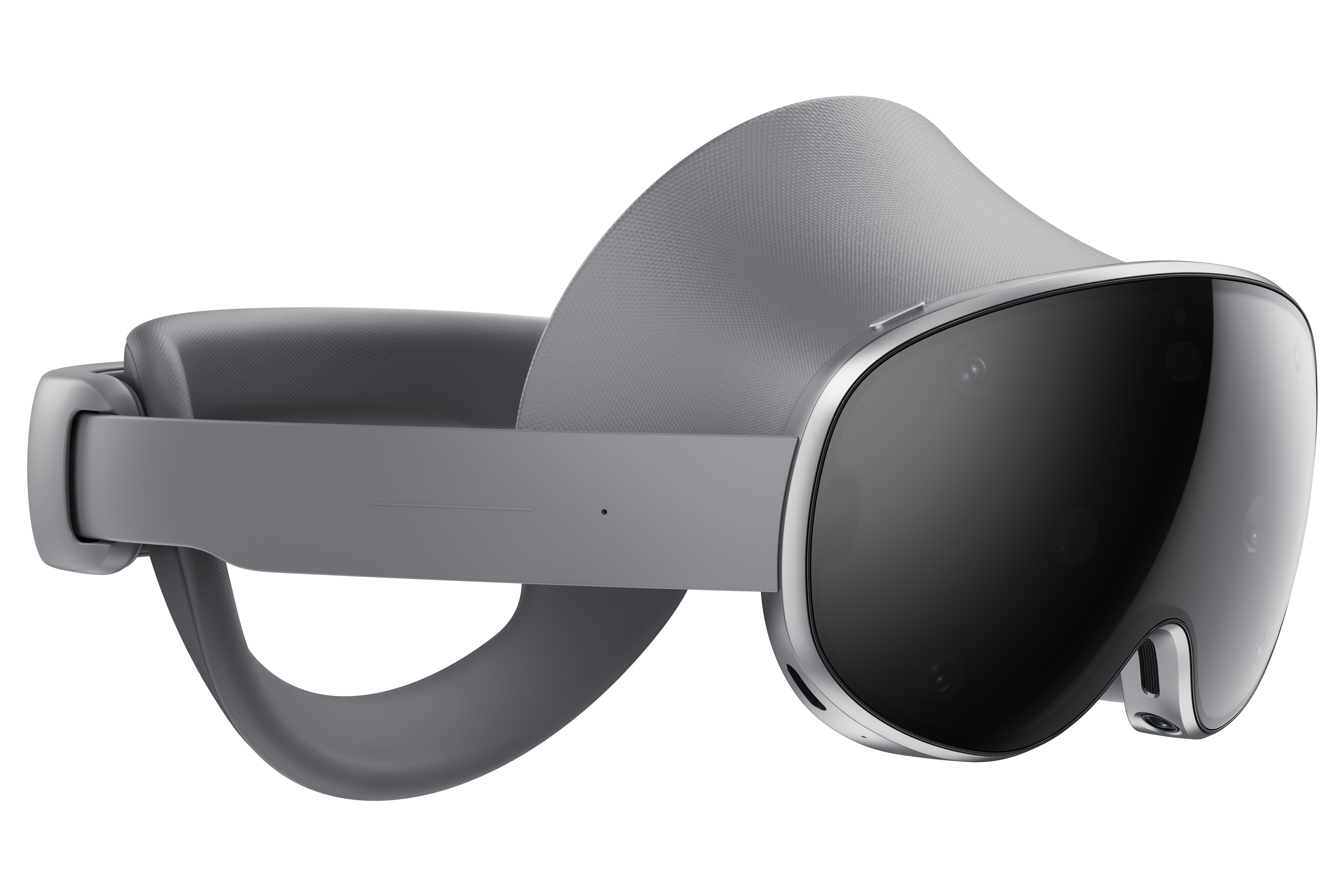Samsung has officially entered the high-end extended reality (XR) market with its newest headset, the Galaxy XR headset. Priced at US $1,799.99 (≈ ₹1,60,000+ depending on conversion and import duties), this product aims to challenge established players and signal Samsung’s broader XR ambitions.
In this article we’ll explore what the Galaxy XR headset offers, why the launch matters, how it compares to the competition, and what users in India (and globally) should consider.
What is the Galaxy XR headset?
- The Galaxy XR is the first product built on the newly developed Android XR platform (a partnership between Samsung, Google LLC and Qualcomm) that combines immersive experiences with multimodal AI via the Gemini system.
- It is an XR (extended reality) device—meaning both virtual reality (VR) and mixed reality (MR) capabilities—allowing pass-through of the real world plus overlaying digital content.
- Specs highlights include: 4K micro-OLED display, advanced eye/hand tracking, Snapdragon XR2+ Gen 2 chip, battery pack separate from headset, ergonomically optimized design.
- Price: US $1,799.99.
- Availability: Initially in the US and South Korea; further roll-out globally expected.



Key Features & Technical Specifications
Here are some of the stand-out features that Samsung emphasises:
- Display & Optics: A “4K micro-OLED” with a resolution of 3,552 × 3,840 (per eye combined) and about 29 million pixels total. Refresh rates of 60Hz/72Hz/90Hz.
- Processor: Qualcomm Snapdragon XR2+ Gen 2 platform.
- Interaction: Hand, eye and head tracking; “Circle to Search” where you circle objects in real world via your hand to trigger search; integrated Gemini-AI that can understand what you see and respond.
- Comfort & Design: Separate battery pack (to lighten the headset itself), detachable light shield for deeper immersion, weight of about 545 grams (for the headset alone) according to early reviews.
- Ecosystem & Apps: Runs Android XR, so supports Google Play apps, XR-specific apps, spatial video/photo, and productivity use-cases (e.g., multiple virtual screens) besides gaming and entertainment
- Battery Life: Around 2 hours actively, up to 2.5 hours for video watching.
Why This Launch Matters
Challenging the status quo
Samsung is entering a niche but growing segment of XR headsets. By pricing the Galaxy XR at ~$1,800, it positions itself below the high bar set by the Apple Vision Pro (~$3,499) but well above more accessible VR headsets.
Building an XR ecosystem
With Android XR, Samsung and Google aim to create a platform that spans multiple devices (headsets, future smart glasses) and allows developers to build once for many form factors. This could give them a long-term edge.
AI integration
By integrating Gemini (Google’s multimodal AI) into the core experience, Samsung is leaning into the “XR + AI” theme rather than merely “hardware + screen”. This could differentiate the Galaxy XR from simpler headsets.
Implications for the Indian and global market
- For India: While initial availability may be US/Korea, global rollout means Indian consumers/corporates should watch for pricing, import availability, servicing and support.
- Enterprises may adopt XR headsets for training, remote collaboration, design, which Samsung highlights in its launch.
- For consumers: This may mark the beginning of XR becoming more mainstream, albeit still premium-priced.
How It Compares to the Competition
- Apple Vision Pro: Much higher price (~$3,499) and premium build; Samsung undercuts this significantly.
- Meta/Oculus devices: Much more affordable but generally lower in specs and more gaming-/consumer-focused than full XR productivity devices. Samsung is positioning higher-end.
- Unique angle: Samsung’s Android XR + collaboration with Google adds an “open platform” dimension, unlike more closed ecosystems.
Considerations & Challenges
- Price: At ~$1,800, this is still a premium device — affordability in many markets (including India) will be a barrier.
- Ecosystem maturity: XR content, apps optimised for the headset, developer uptake will matter. Without enough “killer experiences”, adoption may be slow.
- Comfort & battery: Headsets still face challenges of weight, heat, battery life for longer sessions. Early reviews note 2–2.5 hours runtime. MacRumors
- Use-case clarity: Many XR devices struggle because users don’t know exactly when/how to use them daily. Is it for productivity? Entertainment? Both?
- Market size: XR remains niche compared to smartphones/tablets; Samsung will need to demonstrate consumer demand.
- Support for India: Local pricing, service centres, import duties, content in regional languages will influence uptake in India.
What This Means for You
If you’re a tech enthusiast, early adopter or enterprise user, the Galaxy XR headset is worth serious consideration. It offers high specs, a flexible platform, and is more competitively priced than some ultra-premium rivals.
For general consumers, you may want to wait for next-generation models (lighter, more affordable), or watch how the ecosystem develops.
In India specifically, monitor when and how Samsung launches it locally — including price, availability, content/services, local language support.
Outlook & What’s Next
- Samsung signals this is just the first step in a new XR device line-up including smart glasses, lighter headsets, etc.
- Developers: Expect more “Made for XR” apps, content optimisation for Android XR.
- Market: If this headset succeeds, we may see more companies pushing into XR more seriously, which may accelerate hardware innovation and price drops.
- For India: Once global rollout happens, we might see “India launch” variants, price with local currency dofferences, bundled services.
Conclusion
With the launch of the Galaxy XR headset, Samsung has made a bold move into the next frontier of computing — immersive, AI-driven, mixed reality experiences. At ~$1,800, the device is high-end but more accessible than some rivals, combining strong specs, an open platform and AI integration. The success will depend on ecosystem, usage models and how quickly XR becomes part of everyday life.



